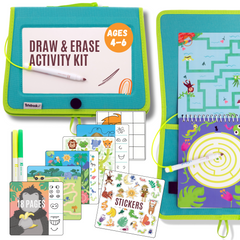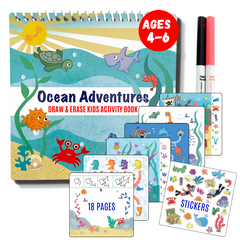It’s an exciting milestone. Your child looks taller, more independent, and maybe they’re even asking to be “like the big kids.” But moving to a booster seat too soon can reduce how well your vehicle protects them in a crash.
Let’s break down what the booster seat requirements actually mean and how to know your child is truly ready.
What Does a Booster Seat Do?
A booster seat doesn’t restrain your child directly. Instead, it positions the vehicle’s seat belt correctly across their body, keeping the lap belt low on the hips and the shoulder belt across the middle of the chest.
This positioning helps spread crash forces over the strongest parts of the body (hips and shoulders), instead of the soft abdomen or neck.
If your child isn’t big enough for the belt to fit properly on its own, a booster seat bridges that gap safely.
The General Booster Seat Requirements
Federal safety recommendations are that:
-
Most kids need a forward-facing car seat with a 5-point harness until they reach the maximum height or weight limit allowed by that seat.
-
Once they’ve outgrown their harnessed seat, then they can transition to a belt-positioning booster seat.
-
This usually happens between ages 5–7, but age alone is never the deciding factor.
Every child grows differently and every car seat and vehicle is designed differently. It’s crucial to do the 5-Step Seat Belt Test before making the switch.
The 5-Step Seat Belt Test
This simple test tells you if your child can safely ride using just the vehicle’s seat belt (with or without a booster).
Have your child sit all the way back against the vehicle seat and check these five steps:
-
Back: Does your child sit all the way back against the seat?
-
Knees: Do your child’s knees bend comfortably at the edge of the seat without slouching?
-
Lap Belt: Does the lap belt sit low across the upper thighs (not the tummy)?
-
Shoulder Belt: Does the shoulder belt cross the middle of the chest and shoulder (not the neck or face)?
-
Stay Seated: Can your child stay in this correct position the whole ride, even while asleep?
If you answered “yes” to all five questions, your child may be ready to transition out of a booster. If not, it’s safest to keep them in the booster seat a bit longer.
Most kids don’t fit the seat belt properly without a booster until they’re around 4'9" tall (145 cm) and between 8–12 years old.
High-Back vs. Backless Boosters
Both meet the same federal safety standards, but each serves a slightly different purpose:
-
High-back boosters: Offer head and neck support, and help position the shoulder belt properly, which great for younger kids or vehicles without headrests.
-
Backless boosters: Work well for older kids in vehicles that have built-in headrests and shoulder belts that fit correctly.
The best choice depends on your child’s size, maturity, and the type of vehicle you have.
Common Booster Seat Mistakes
Even when kids reach booster age, a few missteps are easy to make:
-
Moving to a booster too soon (before they outgrow the harness by height or weight). If your child still fits safely in a standard car seat, but is asking for more independence, consider UnbuckleMe. This is a handy little tool that you can pass back and give them the extra force needed to unbuckle the crotch buckle of the 5 point harness. This tool should stay out of reach of kids when the car is moving.
-
Allowing the shoulder belt to sit under the arm or behind the back
-
Letting kids lean, slouch, or unbuckle while riding
-
Using a booster in a lap-belt-only seat position (boosters require a lap-and-shoulder belt)
Remember, the safest seat is the one that fits your child, your vehicle, and that you can use correctly every single time.
The Bottom Line
Booster seats aren’t about age, they’re about fit. Use the 5-step seat belt test and follow your car seat’s booster seat requirements to make sure your child is ready for the next stage.
If you’re unsure, book a check with a Certified Child Passenger Safety Technician for hands-on help. We can walk you through your seat, your car, and your child’s fit in just a few minutes. When it comes to child passenger safety, it’s not about rushing milestones. It’s about protecting your most precious cargo.
Quick Recap
-
Keep kids in a 5-point harness as long as they meet the seat’s limits
-
Move to a booster only when all 5 steps are met
-
Use a lap-and-shoulder belt with every booster
-
Stay booster-seated until the seat belt fits perfectly without it











Leave a comment